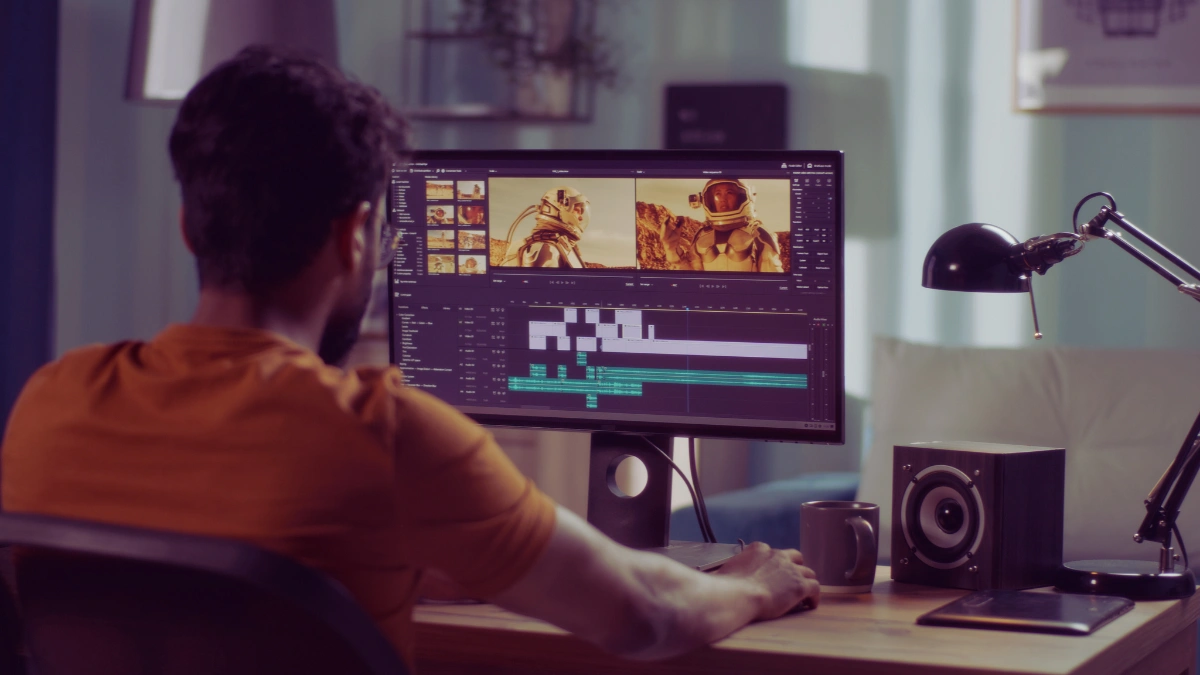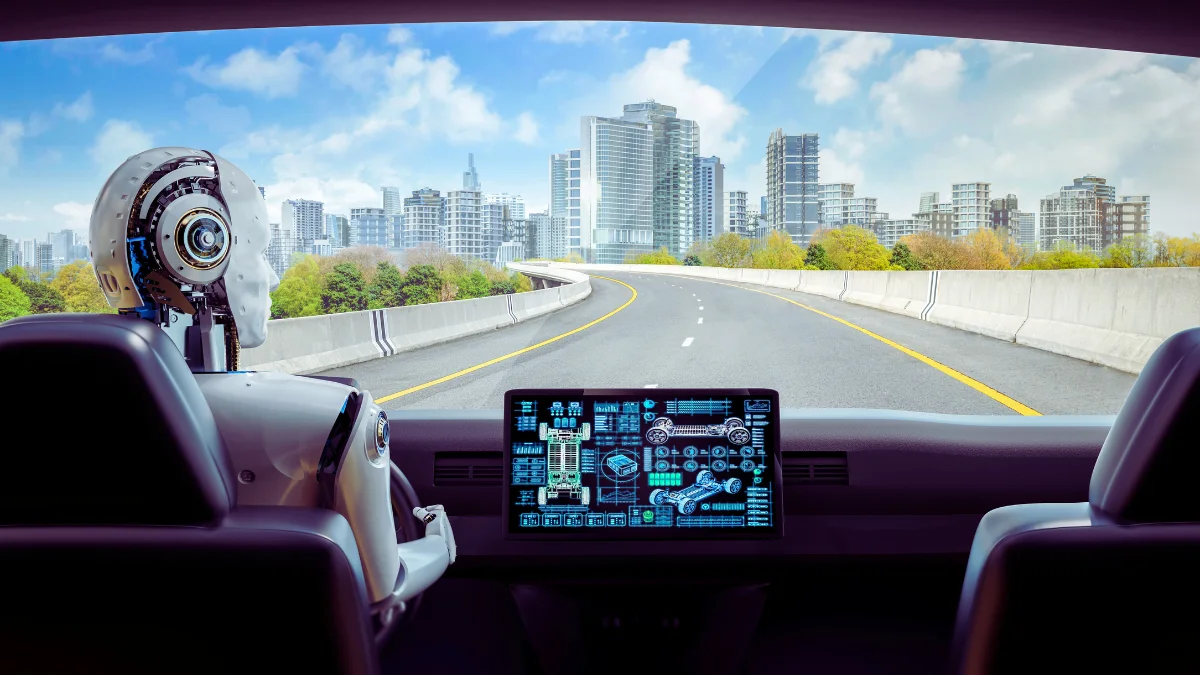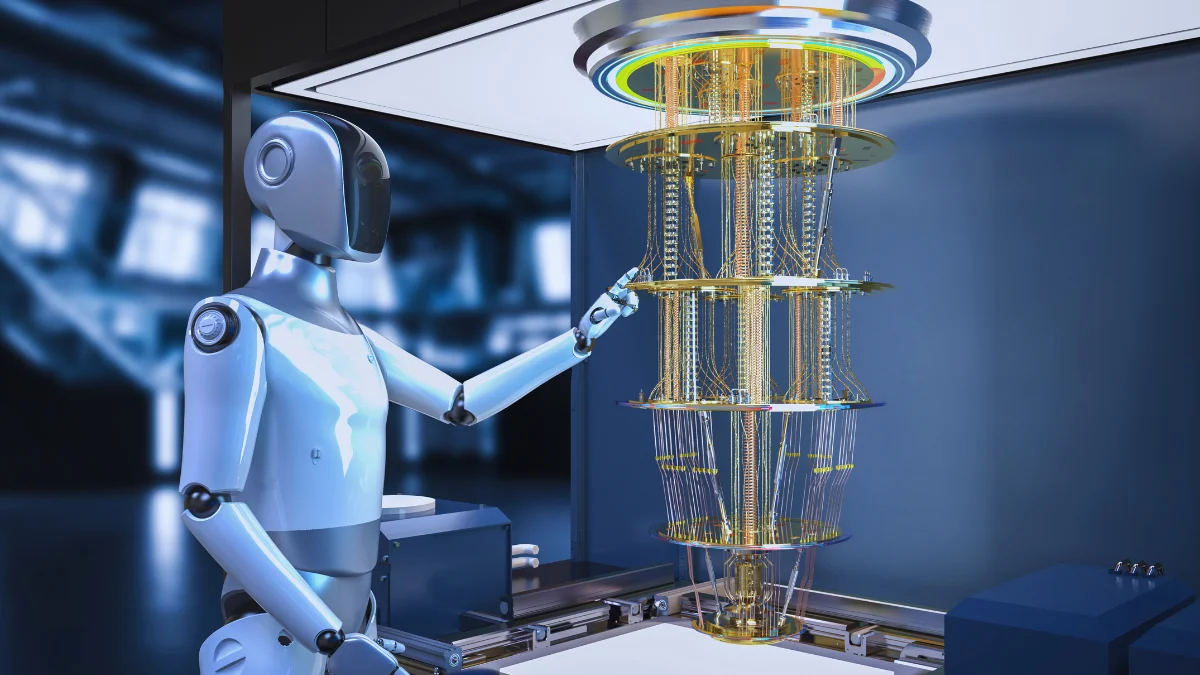AI moves fast. Last month’s breakthrough becomes today’s old news. Feeling lost in the flood of AI announcements? You’re not alone.
Many professionals struggle to keep up with rapid changes in AI, risking falling behind competitors who spot and use new tools first.
But here’s good news: we’ve filtered through hundreds of developments to bring you the five most significant AI breakthroughs that matter right now.
These advances will reshape how you work, create, and compete in your industry. Let’s explore what they are and how you can use them to stay ahead.

1. Generative Video Models

Text-to-video creation took a giant leap forward this year. OpenAI’s Sora stands out with its ability to create 20-second videos that look startlingly real.
The videos show correct physics, maintain consistent characters, and follow complex narratives – something previous AI models struggled with.
Google brought Veo 2 to the table, giving creators precise control over every aspect of video generation. Users can adjust lighting, camera movements, and artistic styles.
This makes it valuable for filmmakers who want to test concepts before expensive shoots. Imagen 3 adds another layer by generating photorealistic images that blend seamlessly into video sequences.
For content creators, these tools open new possibilities. A marketing team can now create product demos in minutes instead of days. Teachers can generate educational videos showing historical events or scientific processes.
To get started, try Sora for quick video concepts, Veo 2 for detailed control, or Imagen 3 for static scenes. Keep in mind that responsible use matters – always label AI-generated content clearly.
2. AI Agents and Autonomous Robotics

Tesla’s Optimus robot grabbed headlines by showing off its new skills. The robot can now fix machines, move through spaces like a human, and handle objects with surprising care.
This points to a future where robots work alongside humans in factories and homes, doing tasks that are too dangerous or repetitive for people.
Google’s Gemini 2.0 brought a different kind of automation to offices. The system can run entire workflows by itself – picture an AI that plans your marketing campaign, writes the emails, and schedules everything without human input.
Microsoft’s Copilot takes this further by managing complex business operations. It can track inventory, predict supply chain issues, and suggest solutions before problems arise.
To try these advances yourself, start with Microsoft’s Copilot for basic task automation. For more advanced needs, Gemini 2.0’s workflow automation can handle complex business processes.
Manufacturing companies should watch Tesla’s Optimus developments – early adoption could give a significant advantage in production efficiency.
3. Quantum AI and Next-Gen Hardware

Google’s Willow quantum chip marks a turning point in computing speed. Problems that would take traditional computers thousands of years now need only minutes to solve.
This breakthrough helps scientists discover new materials and crack complex codes faster than ever before.
NVIDIA stepped up with its Blackwell chip and Jetson Orin NX, bringing powerful AI processing to smaller devices.
These chips let robots and machines process information right where they are, without sending data to distant servers. The result? Faster decisions and better privacy for AI applications.
Want to leverage these advances? Look into NVIDIA’s Jetson platform for local AI processing. For quantum computing experiments, Google’s Cirq framework lets developers write quantum algorithms.
Companies working on security or material science should especially pay attention to quantum AI developments – they could transform how we solve these complex problems.
4. Advanced Language Models

Language AI now handles much more than text. Google’s Gemini 2.0 works with voice, images, and code all at once. The system can look at your screen, understand what you’re doing, and help in real-time.
Claude 3.5 Sonnet brings a creative touch, writing everything from poetry to technical documents while keeping content safe and appropriate.
xAI’s Grok-2 excels at math and coding problems, making it valuable for developers and scientists. Anthropic introduced Custom Styles, letting users choose how their AI assistant communicates.
This makes AI interactions feel more natural and suited to specific needs, from formal business reports to causal explanations.
For practical use, try Claude 3.5 Sonnet for writing and creative tasks. Developers should check out Grok-2 for coding assistance.
If you need versatile AI help, Gemini 2.0’s ability to work with multiple types of input makes it a strong choice for general use.
RELATED:
5. Efficient AI Architectures

Liquid neural networks changed how AI runs on phones and small devices. These networks adapt as needed, using less power while staying fast and accurate.
This means Google’s Gemini can now run on phones, helping with tasks like health monitoring and self-driving cars.
Meta released LLaMA 3.1, letting people run AI on their computers. This works great for areas with poor internet connections or when data privacy matters most.
The system pairs well with NVIDIA’s tools for running AI on local machines, bringing advanced AI capabilities to more places.
Want to experiment with these technologies? Start with Meta’s LLaMA 3.1 if you have the hardware to run it locally. For mobile applications, look into Google’s TensorFlow Lite with liquid neural networks.
This gives you powerful AI that runs efficiently on phones and tablets. Medical companies and autonomous vehicle developers should particularly note these advances in efficient AI.
Tired of 9-5 Grind? This Program Could Be Turning Point For Your Financial FREEDOM.

This AI side hustle is specially curated for part-time hustlers and full-time entrepreneurs – you literally need PINTEREST + Canva + ChatGPT to make an extra $5K to $10K monthly with 4-6 hours of weekly work. It’s the most powerful system that’s working right now. This program comes with 3-months of 1:1 Support so there is almost 0.034% chances of failure! START YOUR JOURNEY NOW!
